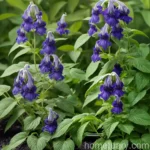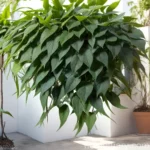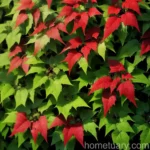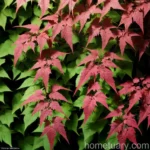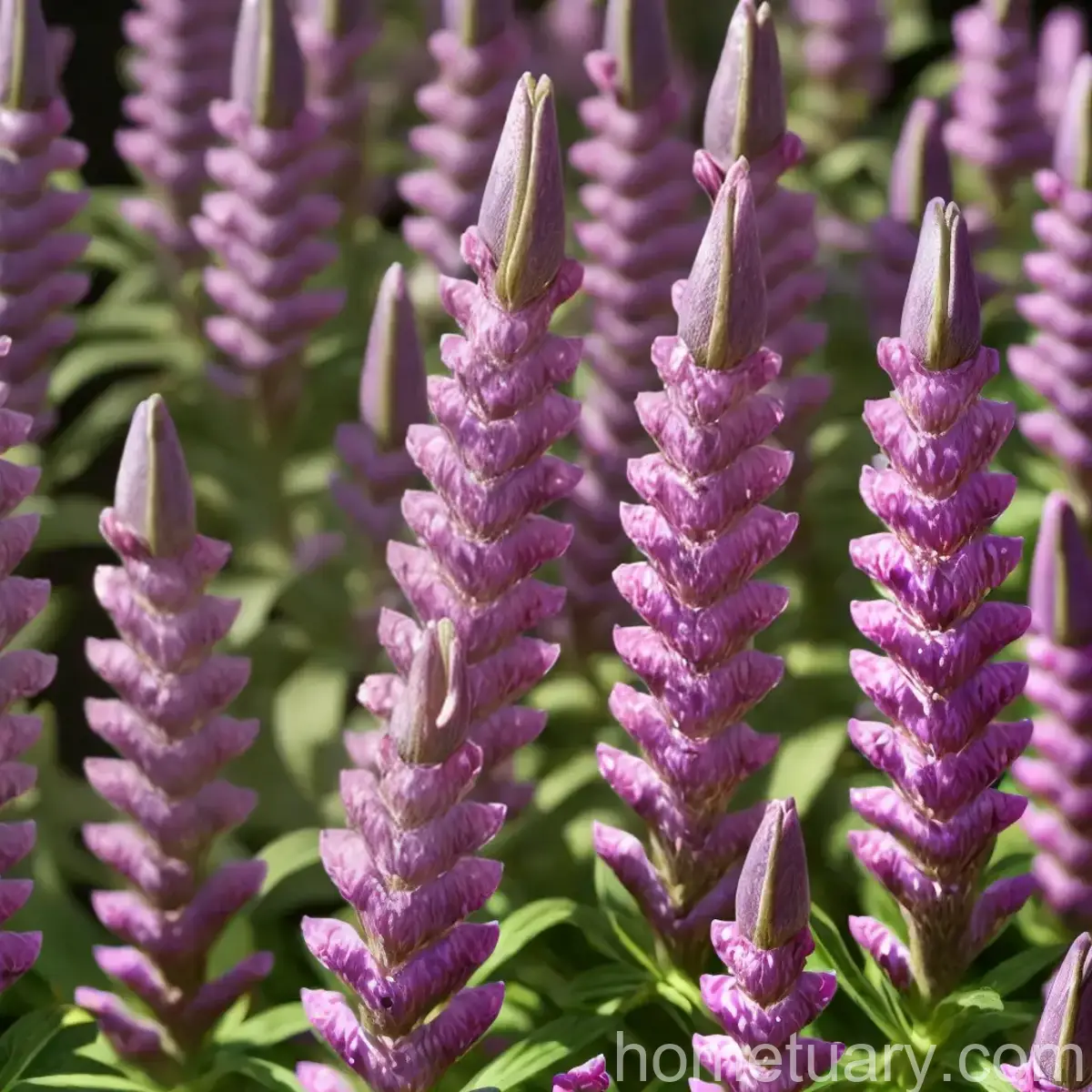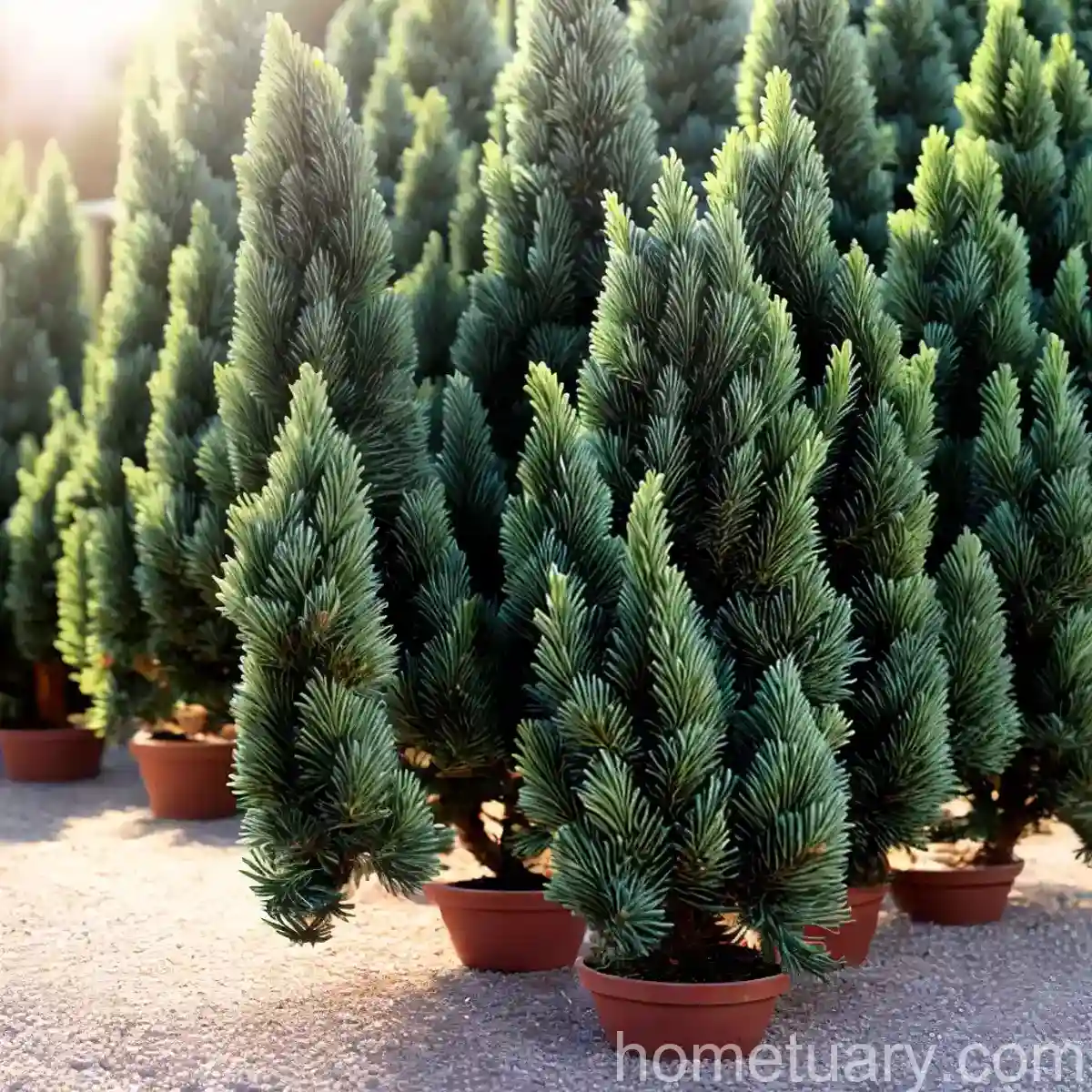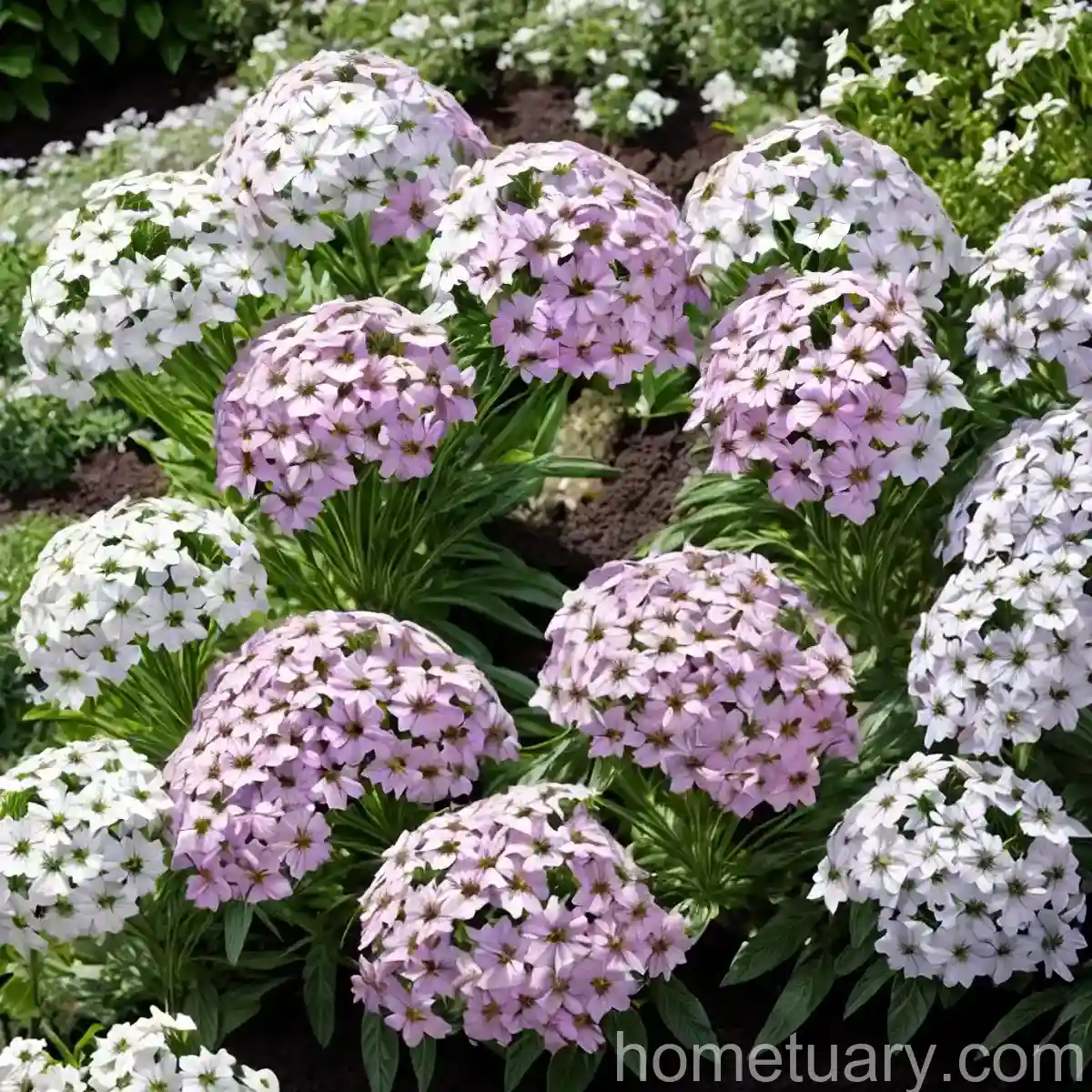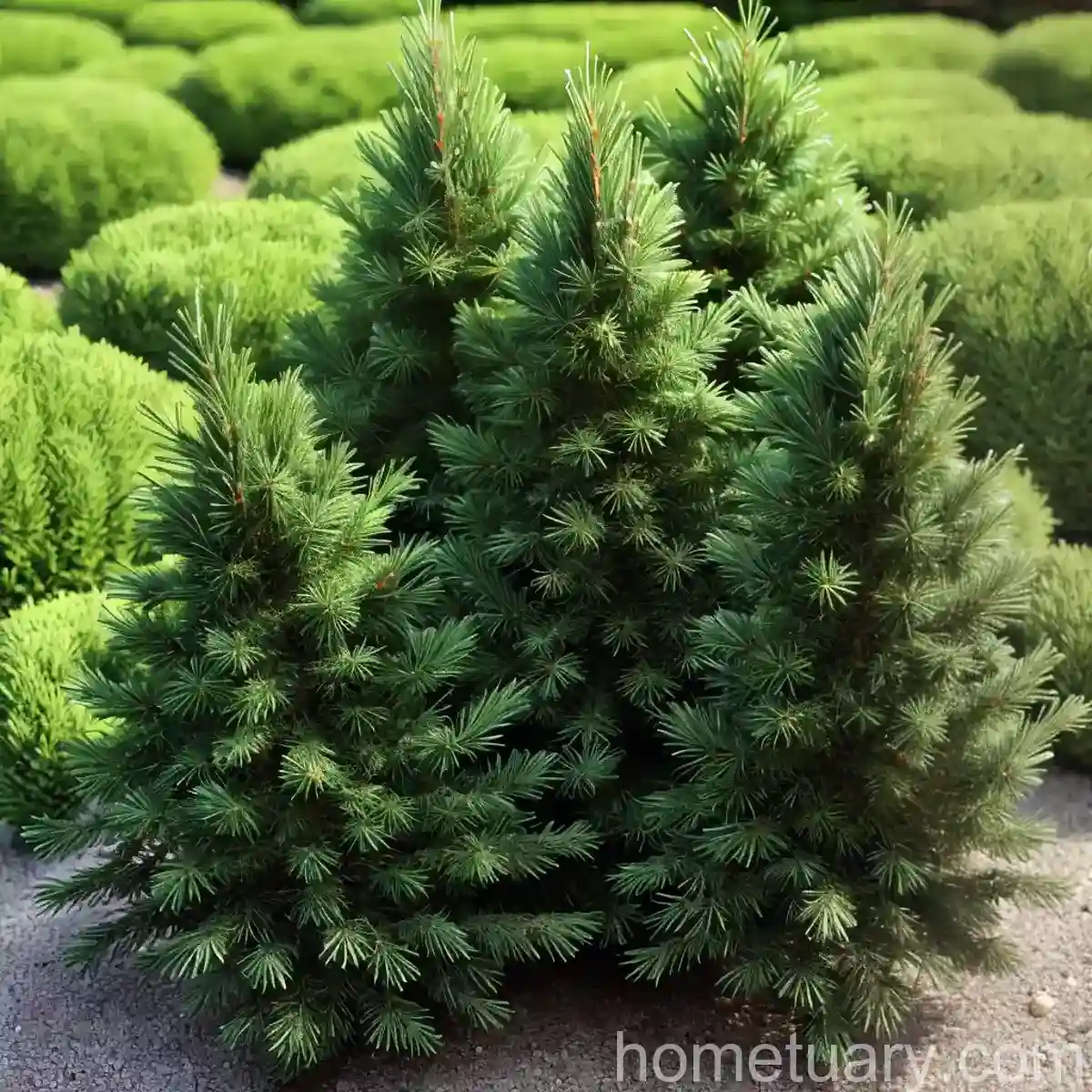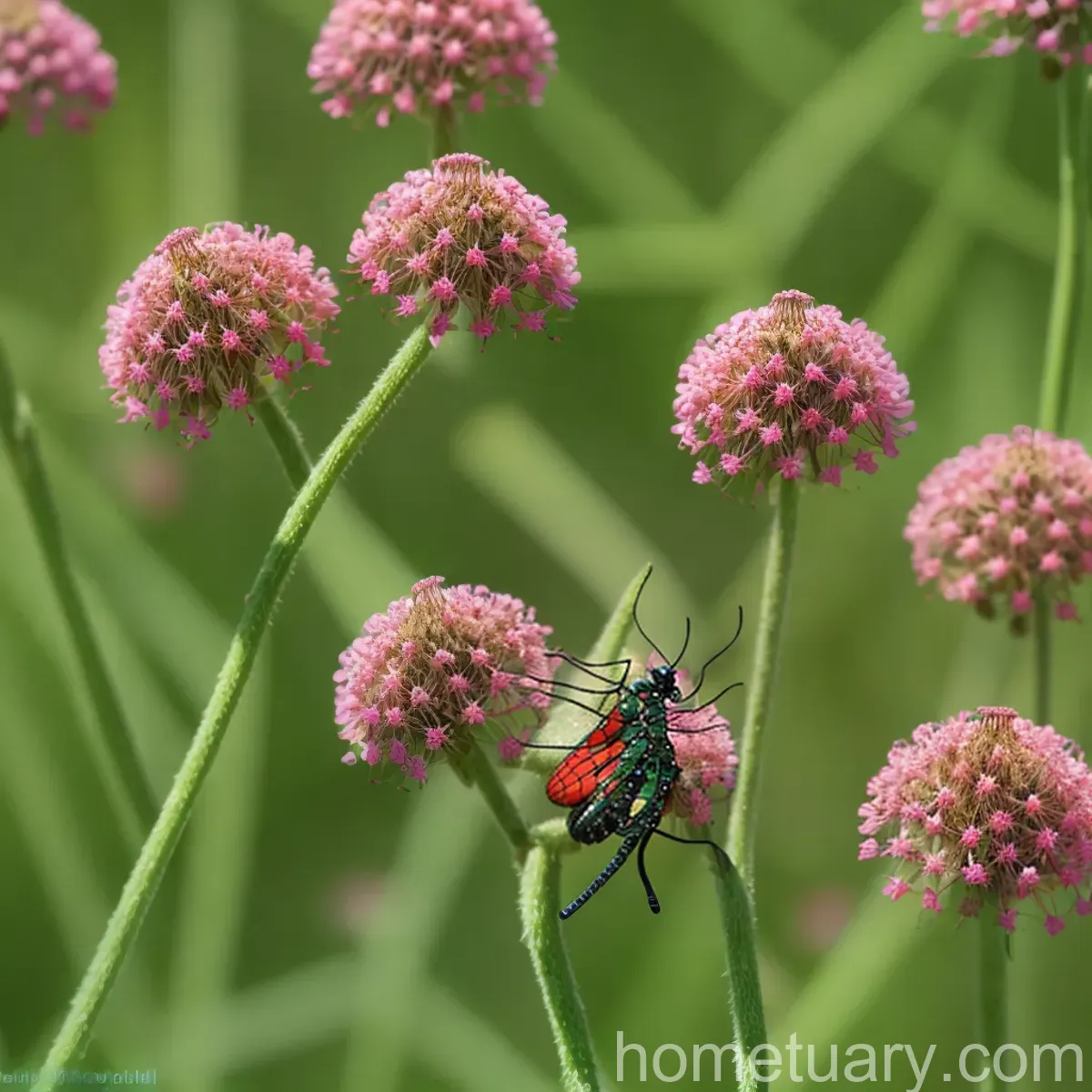Boston Ivy (Parthenocissus tricuspidata ‘Fenway Park’)
As a plant scientist, I am excited to explore the world of Boston ivy (Parthenocissus tricuspidata ‘Fenway Park’). This versatile and hardy vine is not only a visually stunning addition to any garden but also possesses a range of fascinating characteristics that make it an intriguing subject for botanists and horticultural enthusiasts alike. In this comprehensive guide, we will delve into the Boston ivy’s culture, uses, care requirements, and much more.
What is Boston Ivy (Parthenocissus tricuspidata ‘Fenway Park’)?
Boston ivy, scientifically known as Parthenocissus tricuspidata ‘Fenway Park’, is a deciduous, self-clinging climbing vine that is renowned for its stunning foliage coloration and ability to quickly cover large surfaces. It belongs to the grape family, Vitaceae, and is native to eastern Asia. The plant features vibrant green leaves during the growing season that transition to brilliant shades of red during the fall, offering a striking display of autumn colors. The ability of Boston ivy to thrive in various conditions and its adaptability to different landscapes make it a popular choice for landscaping and ornamental purposes.
Key Takeaways – Boston Ivy (Parthenocissus tricuspidata ‘Fenway Park’)
Before we dive deeper into the world of Boston ivy, let’s take a look at some key takeaways:
- Boston ivy, also known as Parthenocissus tricuspidata ‘Fenway Park’, is a deciduous climbing vine known for its vibrant foliage and ability to cling to vertical surfaces.
- The plant is highly versatile and can be used for various purposes, including ornamental landscaping, ground cover, and providing shade.
- Boston ivy requires minimal maintenance and is relatively drought-tolerant once established.
- It is an excellent choice for urban gardens, architectural features, and historical buildings.
Now that we have a brief overview, let’s delve into the fascinating world of Boston ivy, exploring its culture, uses, care requirements, and much more.
Culture
Understanding the cultural requirements of Boston ivy is essential for ensuring its optimal growth and development. From water and sunlight needs to soil and fertilizer considerations, let’s explore the key aspects of this plant’s culture.
Water
Boston ivy has moderate water needs, especially during the establishment phase. It is essential to provide regular watering to newly planted vines to promote root development and ensure that the soil remains consistently moist but well-drained. Once the plant is established, it demonstrates good drought tolerance and can thrive in various soil moisture conditions, making it an excellent choice for regions with inconsistent rainfall patterns.
Sunlight
The ideal sunlight conditions for Boston ivy include full sun to part shade. While the plant thrives in full sun, it can also adapt to partial shade, making it suitable for different garden settings. However, it is important to ensure that the plant receives an adequate amount of sunlight to promote healthy growth and vibrant foliage coloration.
Fertilizer
Boston ivy generally does not have high fertilizer requirements. However, applying a balanced fertilizer in spring can support its growth and foliage development. It is advisable to use a slow-release fertilizer that provides essential nutrients over an extended period, reducing the need for frequent applications.
Soil
The plant prefers well-drained, fertile soil with a slightly acidic to neutral pH. While it can adapt to various soil types, including clay and loamy soils, providing good drainage is crucial to prevent waterlogging, which can lead to root rot and other issues.
Pruning
Pruning is an essential aspect of Boston ivy care, helping to maintain its desired shape, promote airflow, and remove any damaged or overgrown foliage. Late winter to early spring is the ideal time for pruning, as it allows the plant to regenerate new growth during the upcoming growing season. Here are a few key pruning tips for Boston ivy:
- Remove any dead, diseased, or damaged stems and foliage.
- Trim back excessive growth to control the size and spread of the plant.
- Prune to shape the vine and encourage vertical growth if desired.
- Regularly monitor the plant for any signs of overgrowth and adjust the pruning schedule as needed.
Propagation
Boston ivy can be propagated through various methods, including stem cuttings and layering. Stem cuttings are a popular choice for propagating new plants, offering a relatively simple and effective way to expand your Boston ivy collection. Here’s a basic guide to propagating Boston ivy from stem cuttings:
- Select a healthy stem from the parent plant, ensuring that it has several nodes and healthy foliage.
- Using a clean, sharp knife or pruning shears, take a 4-6 inch cutting from the tip of the stem, making a clean cut just below a node.
- Remove the lower leaves from the cutting to expose the nodes.
- Dip the cut end of the stem in a rooting hormone to promote root development.
- Plant the cutting in a well-draining potting mix and keep it consistently moist.
- Provide warmth and indirect light to encourage root development.
- Once the cutting has established roots, it can be transplanted into a larger container or directly into the garden.
Container Popularity
Boston ivy’s adaptability to container growth makes it a popular choice for various outdoor and indoor settings. The plant’s vigorous growth and ability to cling to vertical surfaces make it an excellent option for container gardening, providing vertical interest and lush foliage in limited spaces. Moreover, Boston ivy can be used to create living privacy screens, cover trellises, and add an element of greenery to balconies and patios.
Container Common Diseases
While Boston ivy is relatively resistant to diseases, it can occasionally be affected by common plant issues such as powdery mildew and leaf spots. Proper cultural practices, including adequate spacing, good air circulation, and regular monitoring, can help minimize the risk of diseases in container-grown Boston ivy.
Disease Diagnosis
Diagnosing diseases in Boston ivy involves closely examining the foliage for any signs of discoloration, wilting, or unusual spots. Additionally, inspecting the growth pattern and overall plant health can provide insights into potential disease issues. If you notice any abnormalities, such as powdery white patches on the foliage or dark spots, it is essential to take proactive measures to address the problem before it spreads.
Common Pests
Boston ivy is generally resistant to pest infestations, thanks to its robust nature and climbing growth habit. However, aphids and scale insects can occasionally pose a threat to the plant, especially in crowded or stressed conditions. Regularly inspecting the foliage and treating any pest infestations promptly can help maintain the plant’s health and vigor.
Botanist’s Tips
As a plant scientist, I would like to share some valuable tips for growing and caring for Boston ivy based on scientific knowledge and practical experience:
- Site Selection: Choose a well-drained location with ample sunlight for planting Boston ivy to support its optimal growth and foliage coloration.
- Watering: During the establishment phase, provide regular watering to promote healthy root development. Once established, allow the soil to dry slightly between watering sessions to prevent waterlogging.
- Support Structure: Install a sturdy support structure, such as a trellis or arbor, for Boston ivy to climb and thrive. Ensure that the structure can accommodate the plant’s vigorous growth.
- Pruning: Regular pruning is essential to maintain the desired shape and size of Boston ivy. Prune in late winter to early spring to encourage new growth and maintain plant health.
- Fertilization: Apply a balanced, slow-release fertilizer in spring to provide essential nutrients for the plant’s growth and vigor.
- Propagation: Explore the propagation options for Boston ivy, including stem cuttings and layering, to expand your plant collection and share the beauty of this versatile vine.
Fun Facts
To add a touch of botanical intrigue, here are some fascinating fun facts about Boston ivy:
- Boston ivy is not a true ivy but rather belongs to the grape family, Vitaceae.
- The plant is known for its highly adhesive disks that enable it to cling to various surfaces, including walls and fences.
- Boston ivy’s vibrant foliage color change from green to red during the fall adds a remarkable visual appeal to landscapes and gardens.
- It is an excellent choice for providing greenery and shade in urban environments, making it a popular option for urban gardeners and landscape designers.
With its exceptional adaptability and remarkable visual appeal, Boston ivy continues to captivate plant enthusiasts, landscape architects, and botanists across the globe.
Links to External Resources
To further expand your knowledge of Boston ivy and its care, here are some valuable external resources for in-depth information:
- The Royal Horticultural Society – Growing Boston Ivy
- University of Maryland Extension – Boston Ivy in Landscaping
- Fine Gardening – Vine Spotlight: Boston Ivy
- Missouri Botanical Garden – Parthenocissus tricuspidata ‘Fenway Park’
- The Spruce – How to Grow and Care for Boston Ivy
Exploring these resources will provide you with a wealth of botanical knowledge and practical insights into the world of Boston ivy.
In conclusion, Boston ivy (Parthenocissus tricuspidata ‘Fenway Park’) stands as a captivating example of a resilient and visually stunning vine that offers a range of benefits for both gardeners and the environment. Its adaptability to various growing conditions, low maintenance requirements, and striking visual impact make it a valuable addition to gardens, landscapes, and urban green spaces. Understanding the intricate care needs and cultural preferences of Boston ivy enhances its potential as a versatile and resilient plant, enriching outdoor spaces with its lush foliage and vibrant autumn colors.
So, whether you are a gardening enthusiast, landscape designer, or simply appreciate the beauty of botanical wonders, Boston ivy is indeed a plant that merits admiration for its remarkable attributes and enchanting presence in the natural world.
Remember to enjoy the process of nurturing and caring for Boston ivy, and may the beauty of this remarkable vine continue to inspire and captivate all who encounter it in gardens, parks, and urban landscapes.
Happy gardening and botanical exploration!




